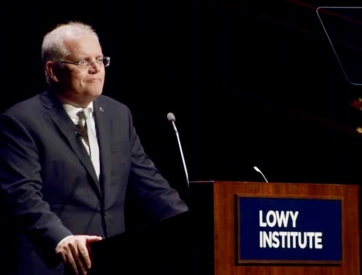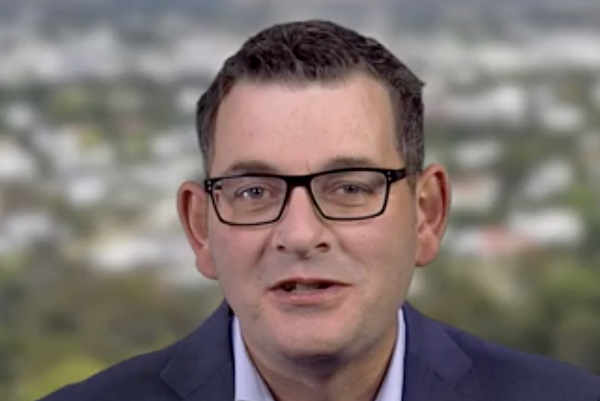After an initial $60 billion bungle, the JobKeeper figures still don't seem to be adding up. Tarric Brooker reports.
AS THE CLOCK ticks down toward the conclusion of the Morrison Government’s JobKeeper program – now less than three months away – figures from the Australian Bureau of Statistics (ABS) have raised further questions about how many workers are actually being covered by the policy.
Many will no doubt remember that the JobKeeper scheme is no stranger to mistakes and large discrepancies in the number of workers reportedly being covered by the policy.
Back in May, it was revealed that up to three million fewer Australian’s were claiming JobKeeper than Treasury had pencilled in, leading to the discovery that the total cost of the JobKeeper program would be over $60 billion less over the life of the six-month program.
During an interview on the Today program last week, Treasurer Josh Frydenberg confirmed that there were approximately three and a half million Australians currently on JobKeeper.
However, figures from the ABS coronavirus impact survey released on Monday suggest the number may, in fact, be significantly lower.
According to the survey, approximately 11.3% of Australians aged 18 or over were currently receiving the JobKeeper payment, with 13.2% of men and 9.4% of women in that age range participating in the program.
Using figures from the ABS demographic report and working population figures the OECD, approximately 2.35 million Australians are currently on the JobKeeper program. This is roughly two-thirds of the 3.5 million people the Morrison Government has stated are receiving payments. Even if every single Australian were eligible for JobKeeper from the cradle to the grave, based on these survey numbers there would still be fewer than 2.9 million participants.
If the ABS survey figures are correct, there may be as many as 1.15 million fewer JobKeeper recipients than those budgeted for by the Treasury. If this discrepancy has existed since JobKeeper’s inception, it could represent a potential saving of up to $22.4 billion.
To put that into perspective, $22.4 billion is:
- more than double the amount the Federal Government normally spends on the unemployed in an entire year — $10.8 billion;
- almost enough to keep the doubled JobSeeker payments going for an additional year, for its 1.6 million recipients — $22.8 billion; and
- over 31 times the total "robodebts" of $721 million.
There are a number of potential reasons for this discrepancy including, but not limited to, the survey's margin of error, statistical anomalies and survey participants not wanting to disclose they are on JobKeeper.
However, even if the margin of error is taken into account to include the highest possible number of JobKeeper recipients there would still be only a little over three million people receiving benefits. Despite the reduced size in the potential discrepancy, 473,000 fewer recipients would still represent a potential saving of up to $9.2 billion over the life of the six-month program.
Whether the discrepancy exists within the ABS’ data or, once again, within Treasury remains to be seen. But it is nonetheless concerning that such a large gap in estimates from two of our nation's most trusted organisations exists.
Ultimately, Australians must remain vigilant to ensure that every dollar of the largest and most expensive policy in our history goes exactly where it needs to go.
 This work is licensed under a Creative Commons Attribution-NonCommercial-NoDerivs 3.0 Australia License
This work is licensed under a Creative Commons Attribution-NonCommercial-NoDerivs 3.0 Australia License
Support independent journalism Subscribe to IA.











